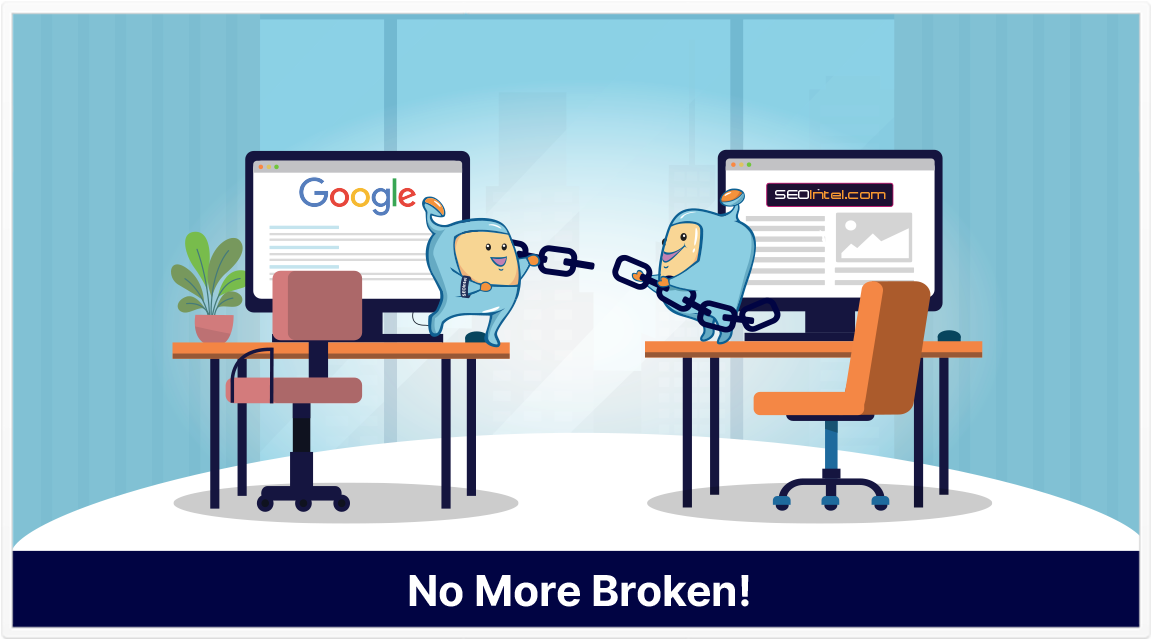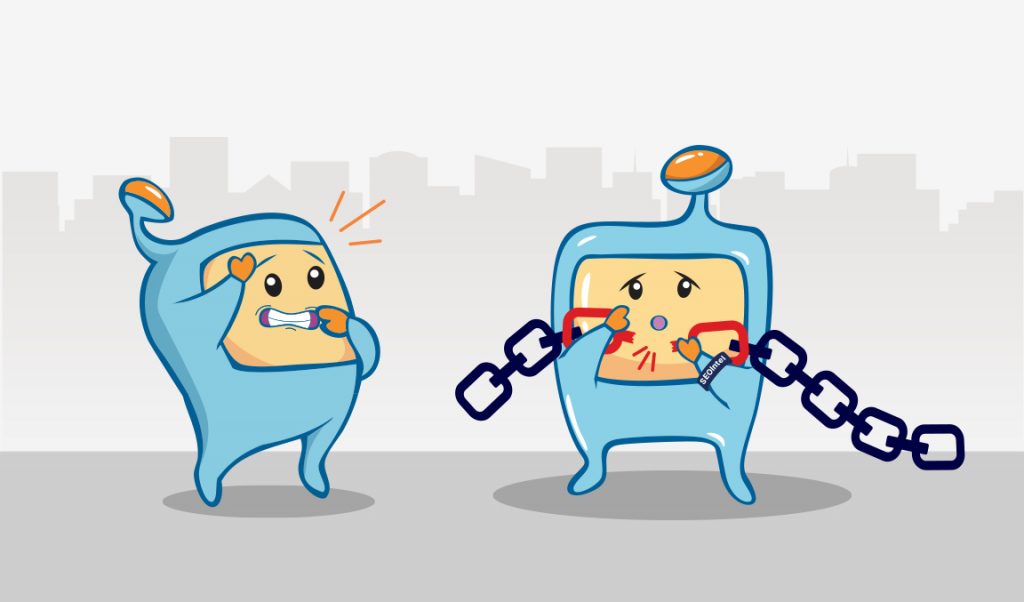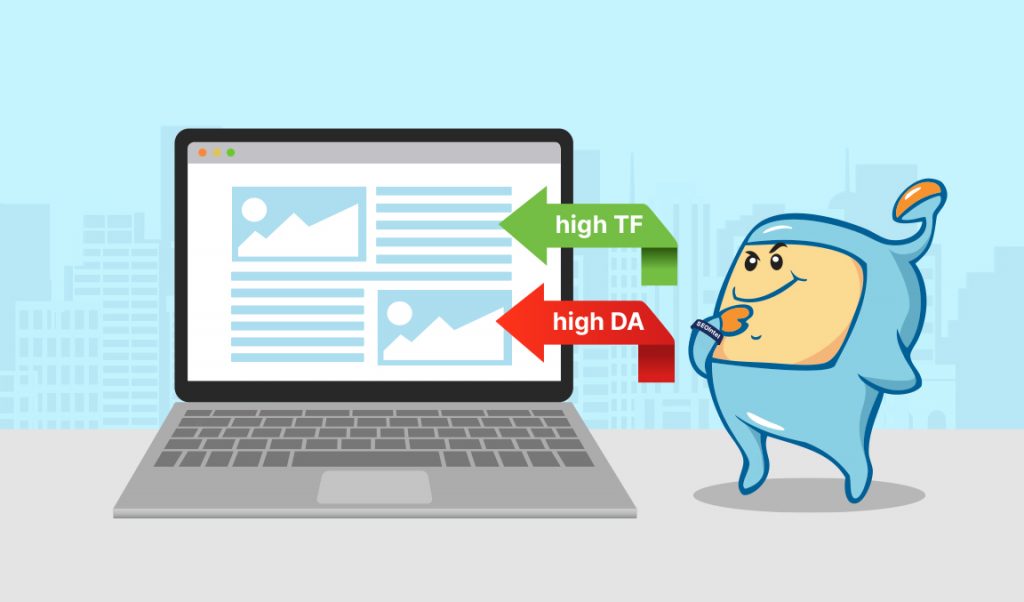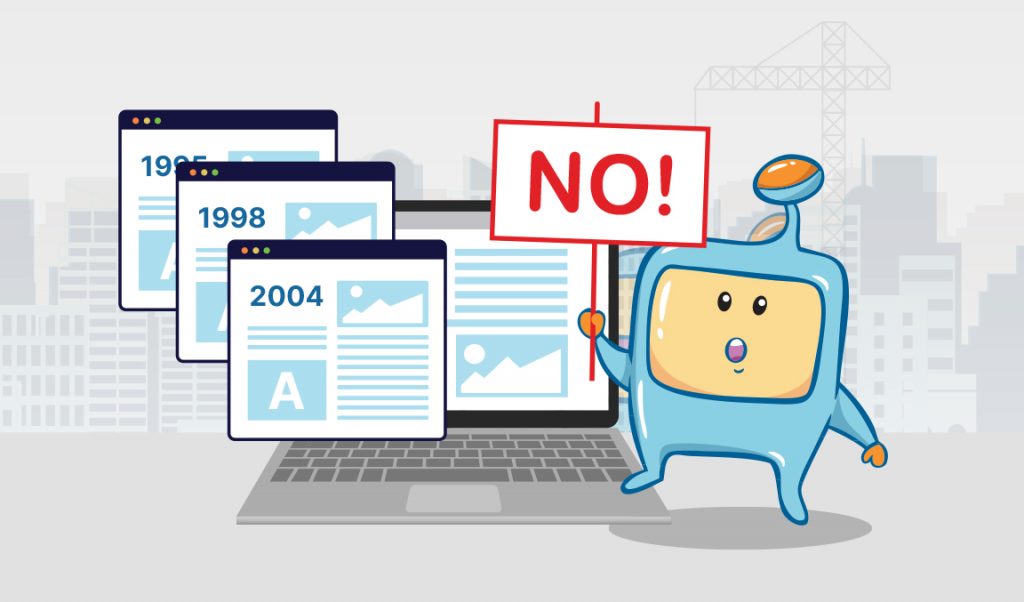
Backlinks are an important Google ranking factor and is a basis for the authority of a website. The more backlinks a site has and the higher quality they are, the better the chance to rank up in the search engine results page.
Gaining backlinks is not that easy and is often out of your control since the sites are owned by another and your content has to be good enough to be linked to. It requires hard work and more often than not, a single link can cost a lot.
In previous articles, we’ve talked about how to gain backlinks. In this article, we will talk about a white-hat, effective way to gain high-quality links to your site for a better backlink profile. This is broken link building.
What is broken link building? Is it an effective way to gain backlinks? How do you build links to your site using broken link building?
In this article, we talk all about these and tips on how you can gain high-quality links that would help you rise up in the SERPs with the use of broken link building.
Broken link building is a way of building backlinks by replacing links that are dead links or those that are going to 404 pages, with a working replacement link to your website.
The broken links can be links to a site that has changed names, moved to a new domain or URL but not 301’d, a page where the product or service is not being offered anymore, the resource has become outdated, or the site or the particular page has shut down.

Broken link building does work and it works better compared to link outreaching. This is because a link already exists in the website and the problem is that, the link is not working.
In outreaching, you mainly ask for something that is not there yet – a link – on the other hand, with broken link building, the link is already there and you are offering your site as a replacement to a dead resource or a page that does not exist anymore.

Now that you know the benefits of broken link building, here is how to look for broken link building opportunity and how to set up a broken link building strategy that works.
The first and most important step is to look for sites in your own market that have broken links.
A useful tool that we’ve found from Brian Dean that can help with looking for broken links easier rather than manually checking each link is the tool Check My Links. It is a Chrome Extension that automatically checks links on the page and lets you know which ones are broken or are showing other types of errors. Use this tool while browsing content on your niche and you would surely be able to find broken links. The best part is that, the tool is free.
Another way to look for broken links is to look for sites that list out a lot of resources in their content. A site that has a lot of resources listed out is bound to have a link that is not working. To do this, you can do a simple Google search for resource pages in your particular topic. You can use search strings in the search bar in Google to make it easier:
“Keyword” + inurl:resources
“Keyword” + intitle:links
“Keyword” + “helpful resources”
“Keyword” + “useful resources”
“Keyword” + “additional resources”
Plus different variations you could think of.
After searching and getting a list of websites, you can simply use Check My Links to look for broken links on resource pages.

So you have found a couple of sites linking to broken pages, next step in the broken link building process is to make a list of domains of all these broken pages, and then, look for other sites that are linking to these broken pages. These are added opportunities for broken link building.
To be able to do this, just take note of the url of the broken page and then use a SEO backlink checker tool to look for pages linking to that broken page. You can use Ahrefs, Majestic, SEMRush, any SEO backlink analysis tool of your preference. Through this, you would be provided a list of pages linking to that dead page.
Bonus: If you use SEMRush, the tool has two features specifically for broken link building that you can take advantage of. The Broken External Links report in Site Audit and the Broken Pages report in Backlinks Analytics.
Curious about SEMRush and if it’s a good SEO Tool to use? Check out our SEMRush Guide.

Broken link building is not only limited to pages that are showing errors, outdated content also counts. What benefit do users have when going to a site that has content published in 2010?
Aside from that, companies that have rebranded most likely have sites linking to their old brand. Same is true with companies that have dissolved.
Look for sites linking to these sites that have outdated content, rebranded companies, dissolved companies, using the methods with mentioned earlier.
List down sites that have the broken backlinks, focusing on the sites that have high domain authority and work your way down. A link is a link, especially if it is a relevant link from a related market or resource, still, aim for sites that have high authority as this would provide you higher quality link juice that could help boost your site further.

Broken link building outreach is still a part of the process. Reach out to the site owner or blog owners, be open and friendly in the link building outreach email, mention how you’ve come upon their content and how great and useful it is, and how you have noticed a link going to a dead page (include the anchor text being used and the dead link that it goes to). Then, offer your content as a replacement for it. Make sure that the replacement content is a relevant content or a similar piece of content. This increases the response rate and conversion rates or the chances that the site owner will link to your page instead.
If you find dead content where authority sites are linking to it, you can also recreate the content instead, if ever you do not have existing content on it on your site. Make sure the content is high quality and that it provides great value to visitors to increase your chances of people linking to it.
To have an idea of what the exact content from the previous content looked like and what information it had, you can use archive.org. Then, surpass the content by providing more comprehensive and recent information.
Bonus – Point out other broken links: Other than pointing out the broken link that you are targeting for replacement, you can also go the extra mile and also point out other broken links that you have noticed, maybe even an internal link that is going to a 404 page (make a list of URLs that are broken, if possible). This provides additional value to the site owner and they will be happier to link to your site.
Bonus – Skip abandoned and outdated sites: Don’t waste your time on outdated sites or abandoned sites. You will most probably encounter sites that have been abandoned or are outdated. Skip these sites when outreaching. They more likely will not respond to you and is just a waste of time and effort in the entire process. Move on to other sites that are active and are updated and are worth the broken link building efforts.

Bonus – Reach out to the right person: Make sure that you are contacting the right person when it comes to outreaching. The right person would be the one in charge of maintaining the page. More often than not, you can use the contact page of a site for the contact info, especially if it is a blog or a small-scale website. However, for larger sites, you would need to do some digging to find the right person to reach out to and their contact details or email addresses. You can use the about us, staff page/employee page, etc., to look for the editor, writer, blog manager or blog admin, webmaster, web admin, or even the developer, if those others are not showing up.

High-quality, original content that provides value to users are more likely to be linked to. Not only when broken link building, outreaching, but in gaining backlinks organically. Aside from that, high-quality content that provides value to users is more likely to rank better in search results. While lots of links is important, the quality of your content still has bearing in getting ranked up in the top of search results.
A broken link building campaign does work and it has a better success rate than outreaching since you are being helpful and not just directly asking for a link. It is a good way to build high-quality backlinks to your site, though it does require some research work and outreaching, and may not be 100% successful.
Nevertheless, it is an effective, white-hat link building technique that can help you get quality backlinks to your site. All you need to do is to look for broken link opportunities and reach out to the one in charge of the site.
Looking for other white-hat link building tactics and other SEO strategies to help you get ranked? Check out our How To Get YouTube Backlinks article and other blog posts in seointel.com